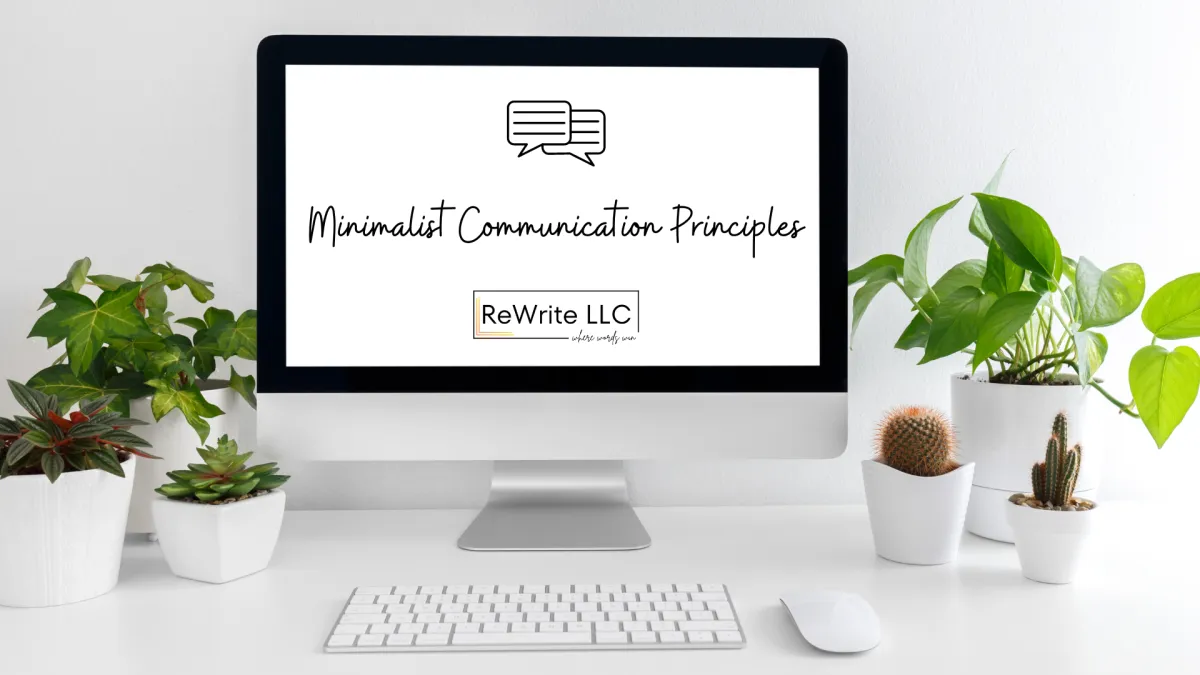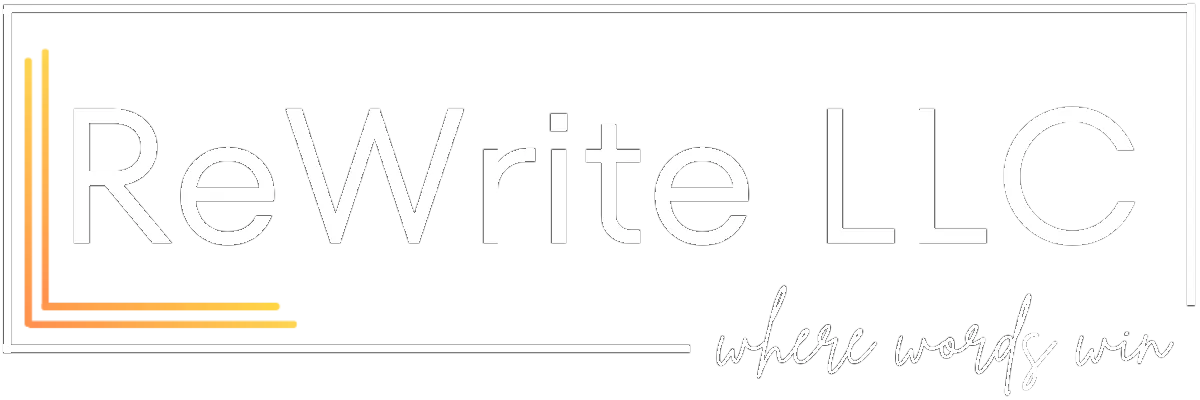Read Our Latest Blogs
Discover Insights and Solutions

The Art of Saying More with Less: Embracing Minimalist Communication Principles
I came across the Netflix documentary Minimalism the other day and was: affected.
Not as in: let-me-yard-sale-half-my-stuff and start living off the land; but in the way the producers likely intended: a reminder that in our lives, cluttered with excess and needless complexity, there's profound power in simplicity and intentionality. This got me thinking about how this minimalist philosophy could apply to the way we communicate in our professional lives.
As a communications professional, I’m part of this ‘more’ culture. More content, more strategies, more tools. We're often caught in a whirlwind of producing and consuming at an unprecedented scale. But this discipline has never been about some ‘content arms race’, where more means more. It's about balance and precision, choosing the right words and the right moments to communicate effectively.
Understanding Minimalist Communication
Minimalist communication transcends the singular focus on brevity or less. We're not about slashing resources to the point of ineffectiveness. It's about maximizing impact - Distilling your message to its most elemental, ensuring that every word serves a purpose. It's a respectful nod to the recipient's time and attention, effectively pushing through the clutter with a message that's clear and precise.
Why Minimalism in Communication Matters
1. Clarity and Focus: In minimalist communication, every word counts. This clarity ensures that your message is not only heard but understood.
2. Efficiency: Time is a precious commodity. Conveying your message succinctly saves time for both the sender and receiver.
3. Greater Impact: A concise message often has a stronger impact than a lengthy discourse. It's memorable and more likely to prompt action.
How to Practice Minimalist Communication
1. Know Your Core Message
Before you communicate, ask yourself: What is the single most important thing I want my audience to understand or remember? This helps in focusing your message and removing any needless fluff.
2. Be Ruthless in Editing
Hemingway said it best, “The only kind of writing is rewriting”. Once you draft your message, go back and cut out any unnecessary words or phrases. Keep only what serves your core message.
3. Use Simple Language
Jargon and complex language can muddle your message. Opt for simplicity. If a word doesn’t add clear value, it probably doesn’t belong.
4. Leverage the Power of Silence
Sometimes, what you don't say is as powerful as what you do. Silence can be a strategic tool for emphasis and reflection.
5. Practice Active Listening
Minimalist communication is a two-way street. Pay close attention to what others are saying. This understanding will help you tailor your responses to be more effective and concise.
Applying Minimalism in Various Forms of Communication
Emails: Start with a clear subject line, and get straight to the point in the first few sentences. (and call me sentimental, but there's always room for: ‘I hope you are well’:)
Meetings: Set a clear agenda. (Respectfully) Encourage brevity and relevance in discussions.
Presentations: Use visuals to convey complex information succinctly. Stick to key points and avoid over-explaining.
The Outcome
Embracing minimalist communication principles can transform not only how you convey information but also how it's received and acted on. It cultivates an environment where we value each other's time and mental space, leading to more productive and meaningful interactions.
As we approach this holiday season, let's embrace the gift of minimalism for ourselves and our colleagues. It's time to focus on impactful, concise communication – saying more with fewer words, crafting messages that not only resonate but also clarify and enhance our interactions.
The true elegance of minimalist communication is in its simplicity and ability to leave a lasting impression. Let's ensure that every word we choose is meaningful and impactful.

